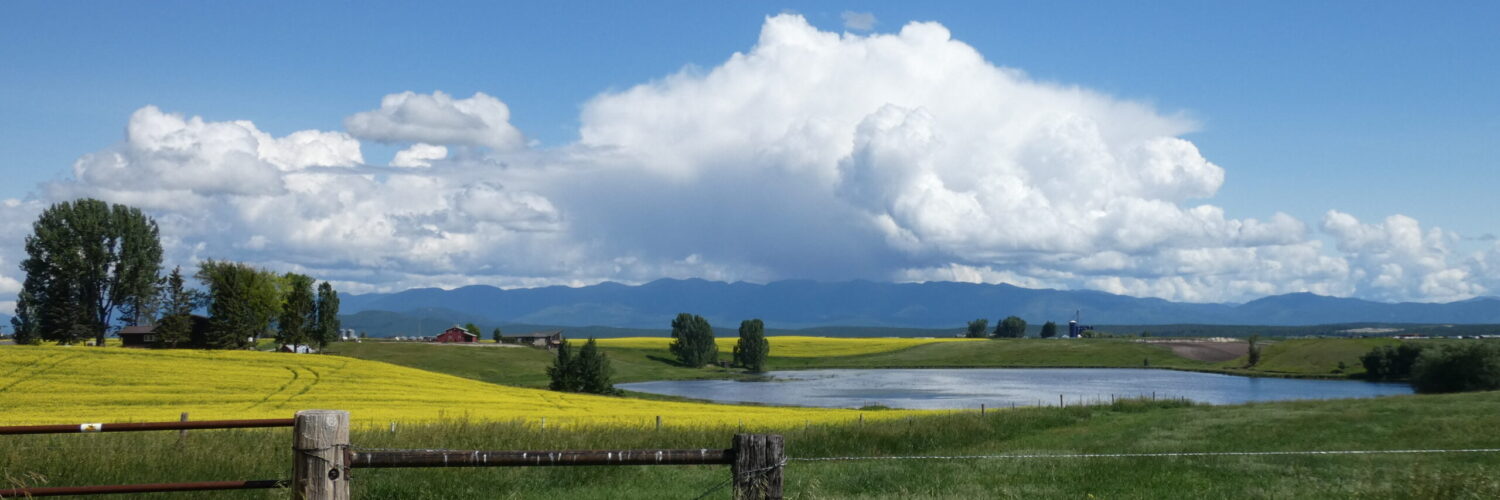By Skip Via
skip@westvalleynaturalists.org
Walking through the woods in a graupel shower this afternoon prompted me to do a little more research on the phenomenon. Just what is graupel, anyway, and how does it differ from other forms of frozen precipitation?
Graupel comes from the German word for pearl barley, which it resembles. There is also a Slavic word krupa which has the same meaning, and the two words may share a common derivation. We’ve all seen graupel—little balls of snow or ice that are lighter and less dense than sleet and which tend to bounce when they hit hard surfaces. It’s also called corn snow, snow hail, rime snow, snow pellets, and other terms depending on where you live.

To get an idea of what exactly it is and how it forms, let’s take a quick look at some other similar forms of precipitation. (An aside: As a person who lived in Alaska for 35 years, I’m often asked about the many words that indigenous people have for snow. That’s not exactly an accurate notion. See this article for a balanced explanation.)
Freezing Rain
Freezing rain starts out as rain and continues as such until it hits a cold surface and freezes. It freezes clear, and when this happens on a road it’s called black ice, which is an extremely dangerous condition for drivers. Less that a quarter inch of freezing rain on trees can bring limbs or entire trees crashing to the ground due to the weight of the accumulated ice. Beautiful to look at, but to be avoided at all costs.
Sleet (aka ice pellets)
Sleet starts out as rain but freezes in the air before it hits the ground. Sleet lands as ice pellets, not as crystals like snow.
Snow
Snow is formed when moisture crystalizes around tiny dust or ice particles in the atmosphere if the air is cold enough and there is sufficient moisture available. We’re all familiar with snow’s delicate crystals in an infinite variety of beautiful forms.

It can be too warm to snow (typically snow will not form when the ground temperature is greater than 41˚ F), but it can never be too cold to snow. We see less snow in colder temperatures because cold air does not hold as much moisture as warmer air.
Hail
Hail starts out when moisture in the lower atmosphere is pushed vertically higher (often by a large thunderstorm) until it reaches air cold enough to cause it to freeze. When it gets heavy enough, it falls back toward the earth, usually attracting more moisture which freezes and forms a hailstone. In severe storms, a descending hailstone can be pushed back up where it accumulates more ice, falls, and gets pushed back multiple times. The more times this happens, the larger the hailstone. The largest officially recognized hailstone had a diameter of 8 inches. Hail doesn’t typically occur in the winter, as it needs a strong warm updraft to form.
And finally, Graupel
Graupel starts in the atmosphere as a snow crystal. If that snow crystal falls through a layer of very cold air with supercooled (below freezing but still unfrozen) water droplets, those droplets will condense and freeze on the snow crystal just as hoarfrost (see Hoarfrost or Rime Ice? on this website) condenses on trees and buildings. What ends up on the ground is a snow crystal loosely covered in frost or rime ice. Graupel balls can also accrete to each other and fall as larger pellets—but still nowhere near as dense as hail or sleet.
Graupel can occur in the summer months, usually associated with strong thunderstorms that can push moisture high into upper level thunderheads. Graupel does not cause any damage to flora, fauna or buildings as hail can, but it’s the bane of Nordic ski racers as it can be like skiing on sandpaper.

Any weather experts out there that can add to this? We’d love to hear from you.
